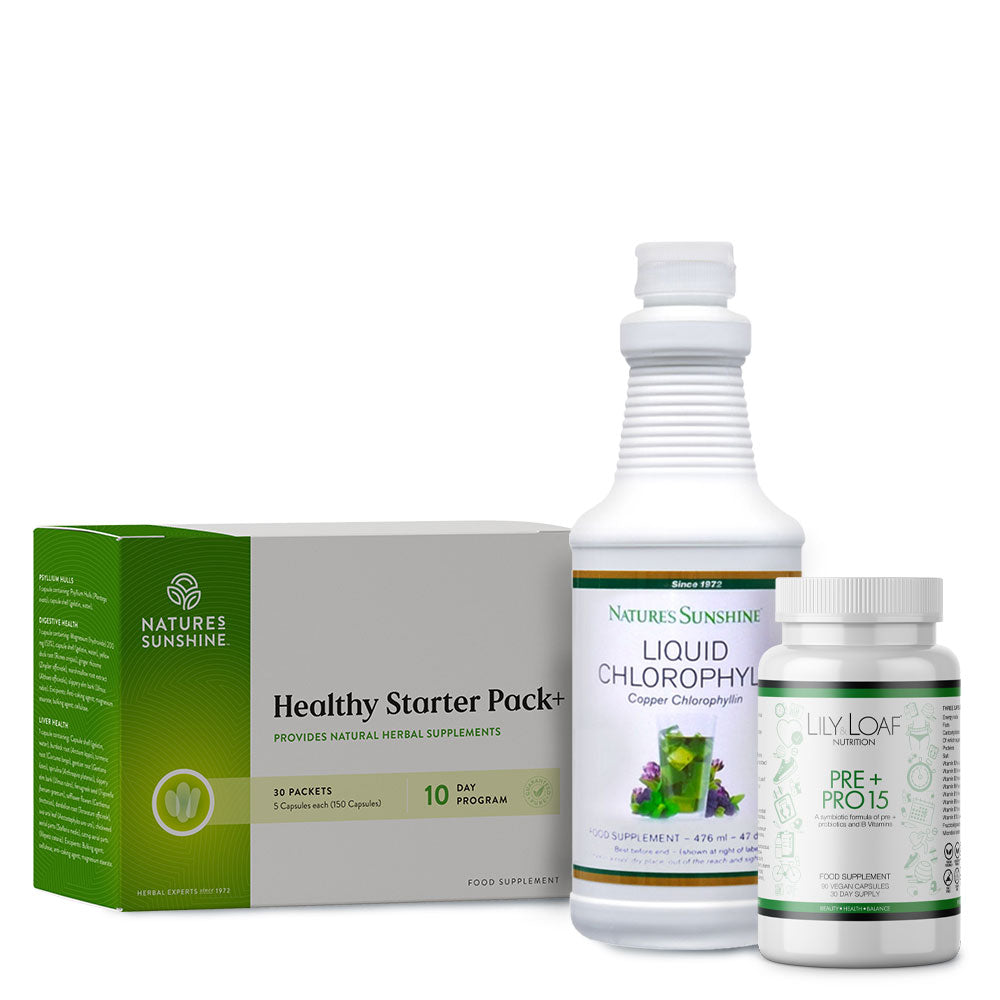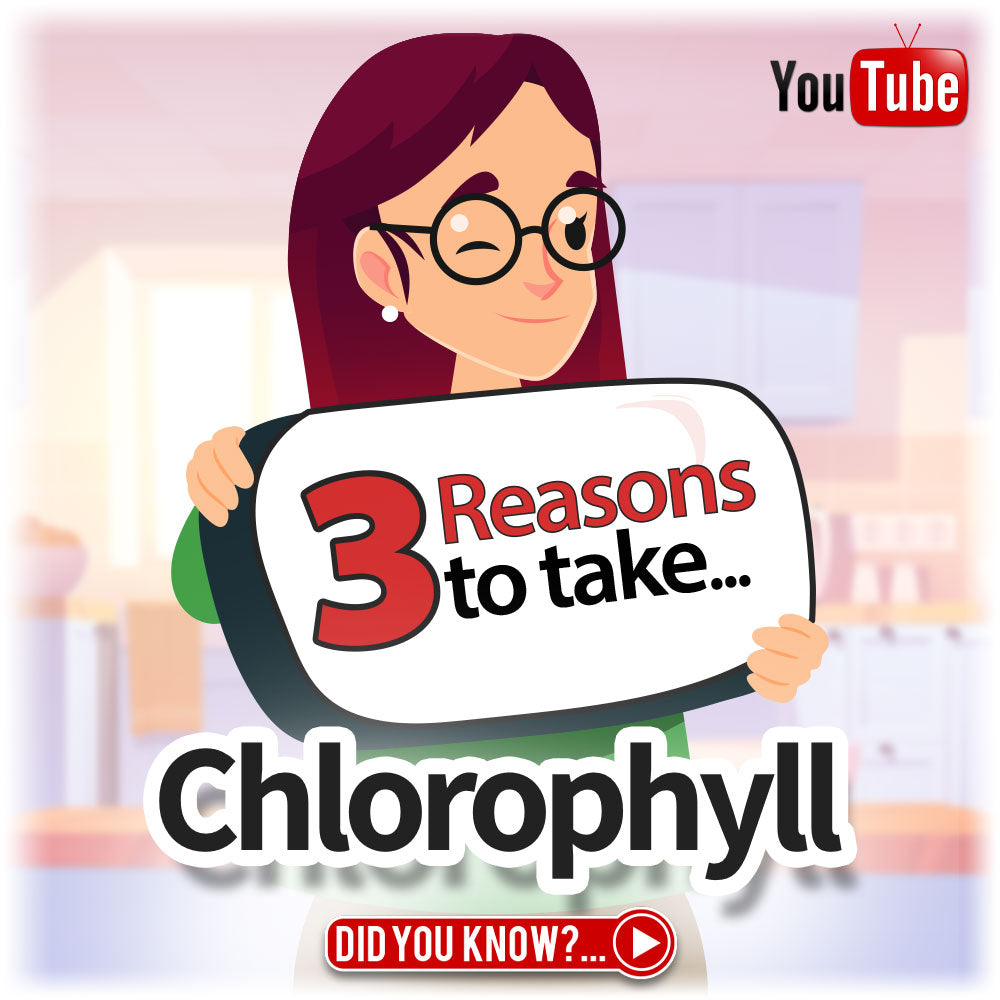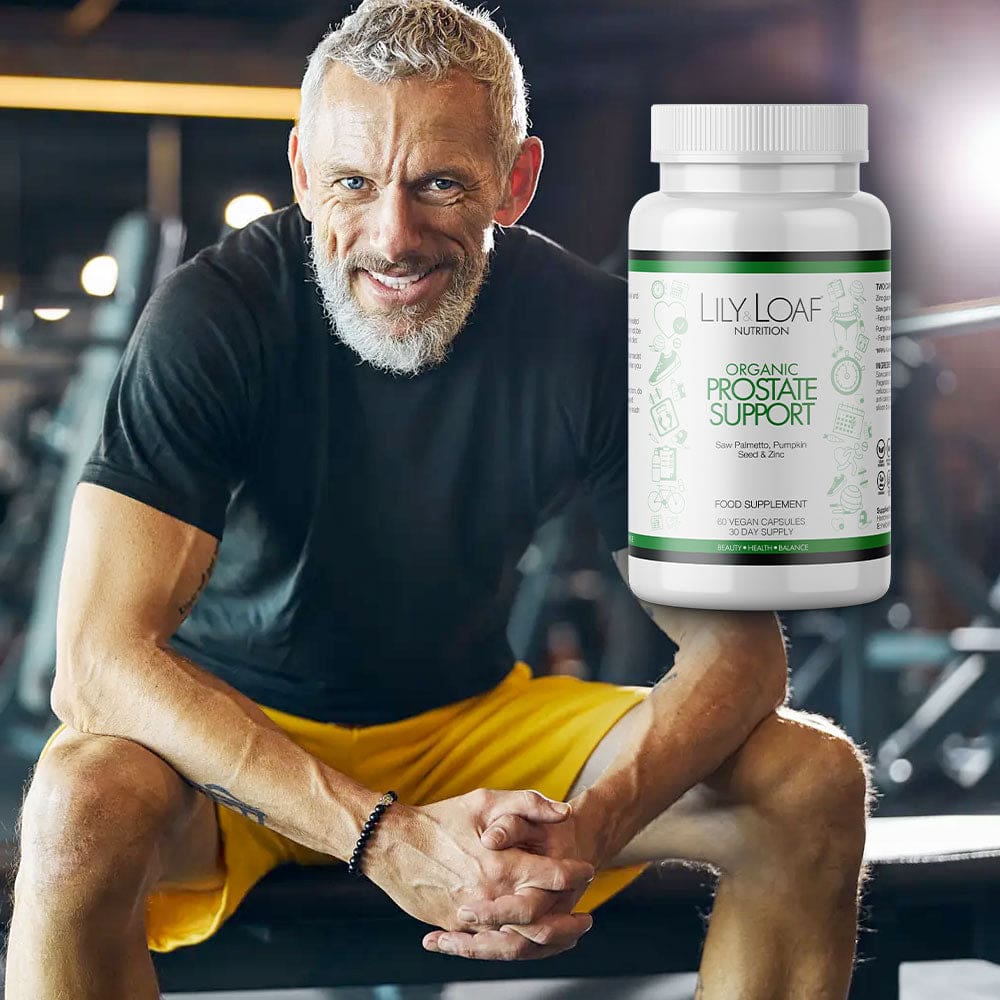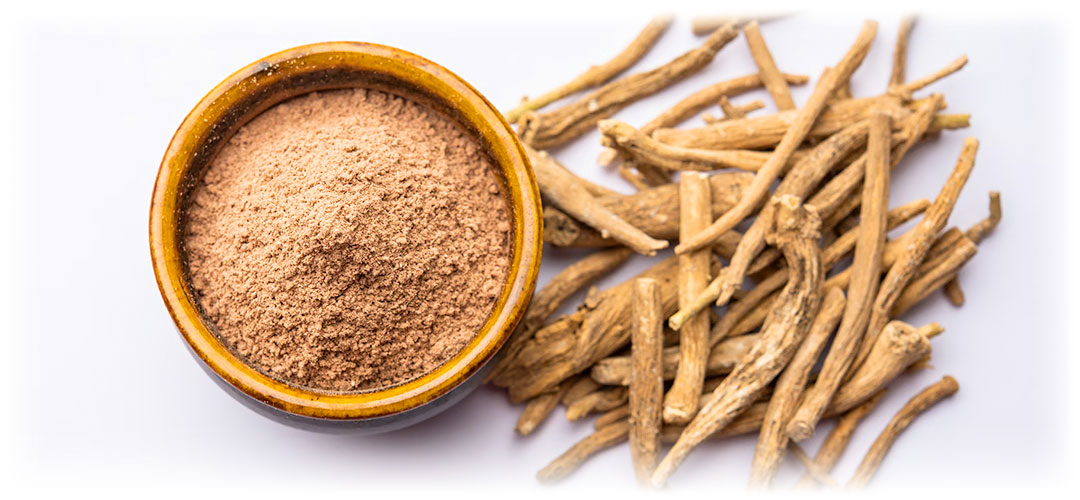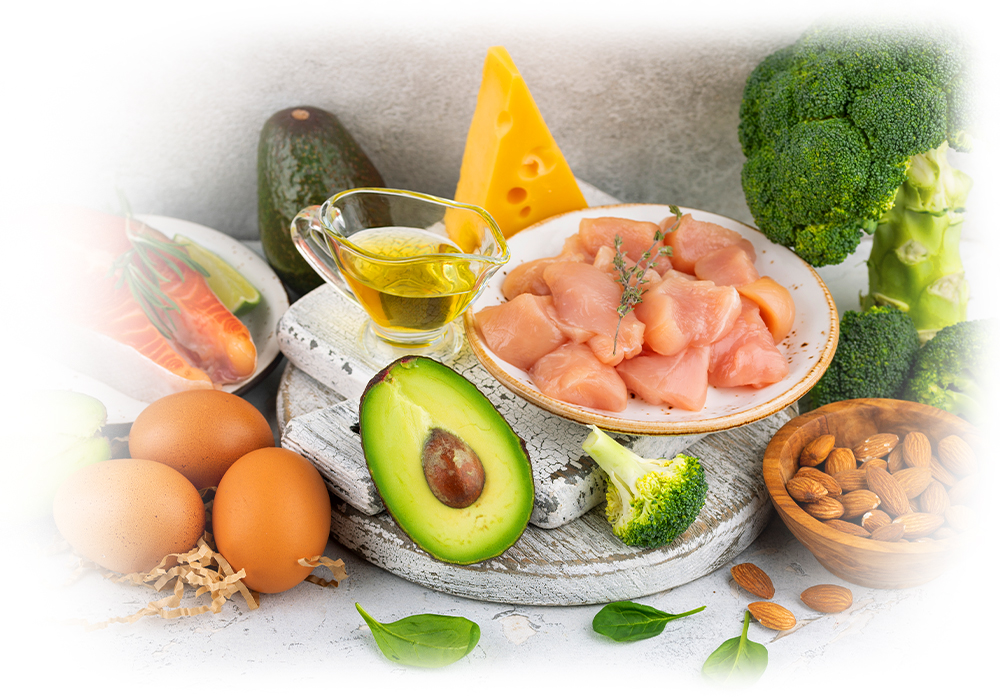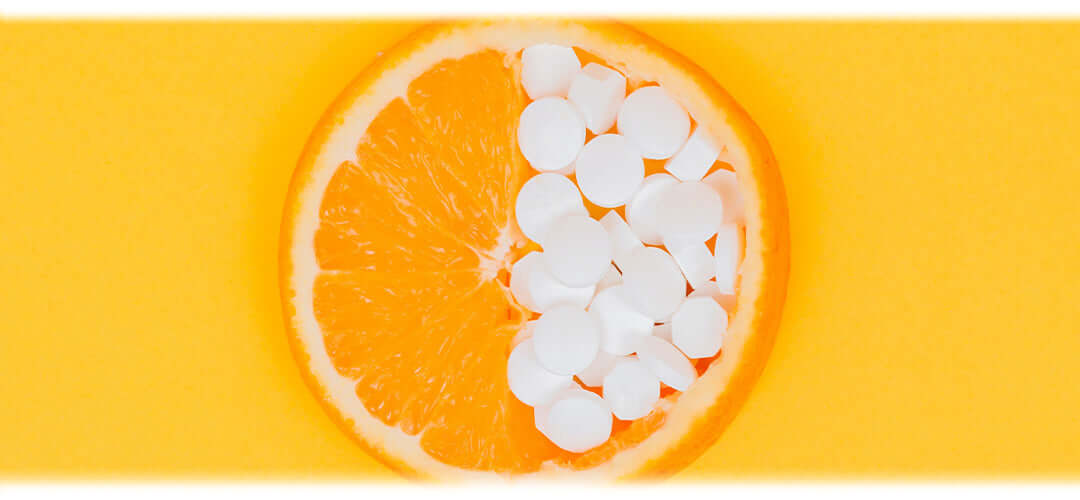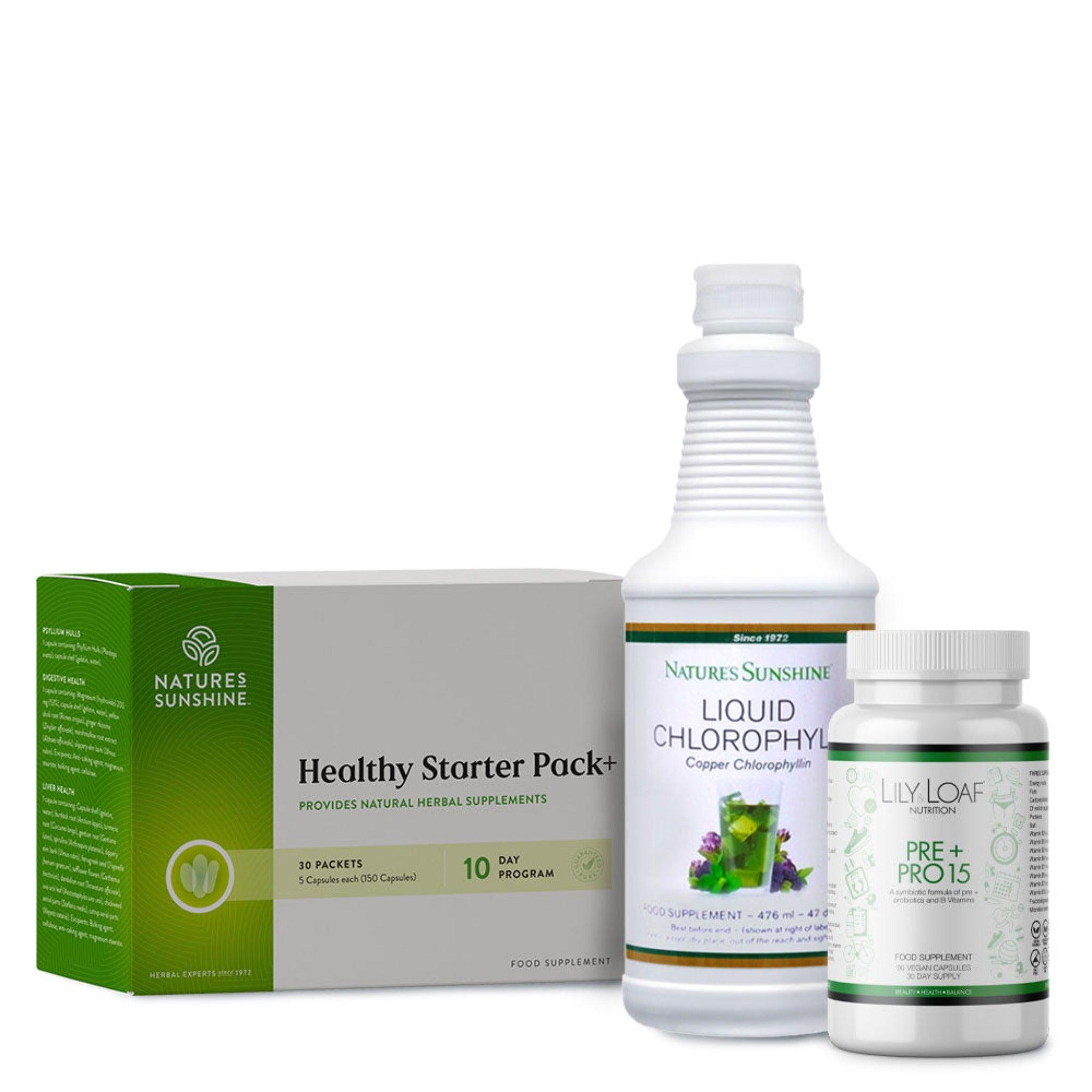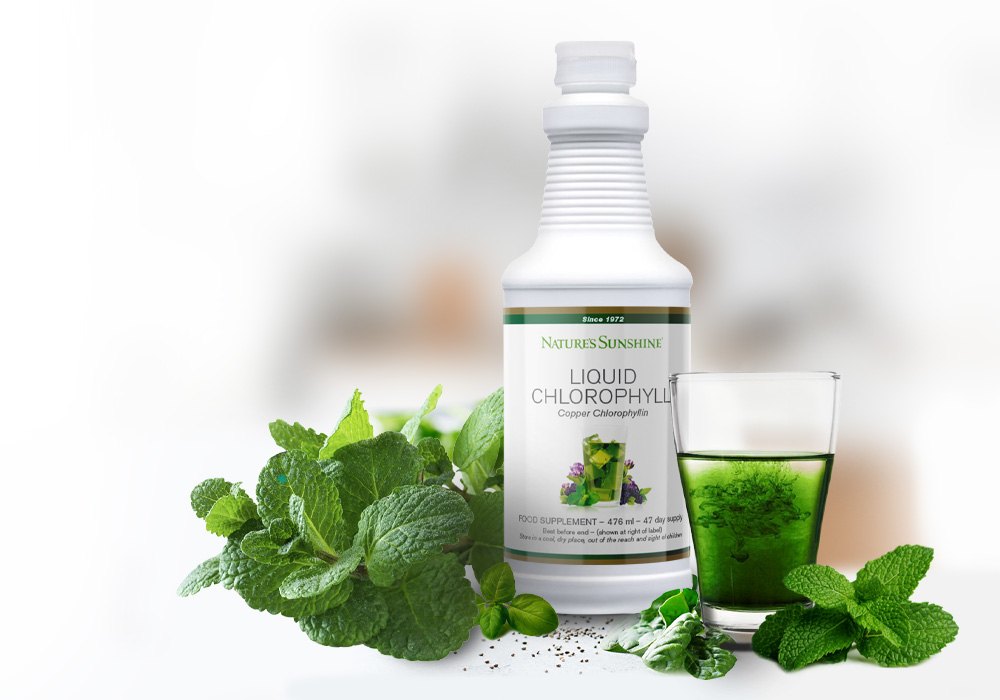
Top Ten FAQ's - Chlorophyll
↓ What does chlorophyll do?
Chlorophyll plays a crucial role in photosynthesis, the process by which plants convert light energy into chemical energy. It absorbs sunlight and uses its energy to synthesise carbohydrates from CO2 and water.1
↓ What are the benefits?
The benefits of chlorophyll include its potential to improve skin health, promote detoxification, encourage healing, boost energy levels, and support weight loss efforts.2
↓ Where is it found?
Chlorophyll is found in the chloroplasts of green plants, algae, and certain bacteria. It gives plants their green colour and is essential for photosynthesis. 2
↓ Can chlorophyll improve digestive health?
Some people believe that chlorophyll may benefit digestive health due to its potential to bind with toxins and promote their elimination from the body. It also has been suggested to have alkalising effects on the body, which may help maintain a healthy gut environment. However, these effects have not yet been proven through scientific evidence.
↓ Does it have any benefits for the immune system?
Chlorophyll is known for its antioxidant properties, which can help protect cells from damage caused by free radicals.1 Antioxidants are beneficial for the immune system as they can help reduce oxidative stress, which is linked to various chronic diseases.
↓ Can taking a chlorophyll supplement help with bad breath or body odour?
Some old preliminary studies and anecdotal evidence suggest that chlorophyll supplements may help reduce bad breath and body odour.
↓ Is chlorophyll beneficial for blood health?
Chlorophyll's molecular structure is similar to that of haemoglobin, the protein in red blood cells that carries oxygen. Some researchers have explored the potential of chlorophyll to aid in blood health, although more extensive research is needed to confirm these effects.3
↓ Can it help in managing energy levels?
Its role in promoting overall health might indirectly contribute to a feeling of vitality. Since chlorophyll can be found in nutrient-dense foods, its consumption through a healthy diet may be part of a balanced lifestyle that supports energy.
↓ Are there any side effects of taking chlorophyll supplements?
Chlorophyll supplements, available in various forms including powder, capsules and liquid, are generally considered safe for most people. However, some individuals may experience side effects such as digestive discomfort, diarrhoea, or green-coloured stool.4
↓ Can chlorophyll help with anaemia?
There is interest in chlorophyll for anaemia management due to its chemical structure similar to haemoglobin. Some research shows that chlorophyll may help the body to produce more red blood cells.3 As always, individuals should consult with healthcare professionals before using chlorophyll as a treatment for anaemia or any other medical condition.
Chlorophyll: The Green Powerhouse in Plant and Human Health
In the verdant foliage that carpets our planet, there lies a pigment central to life itself: chlorophyll. This green compound is not just a colourant, but a molecular powerhouse that drives the process of photosynthesis, converting sunlight into life-sustaining energy.1 Chlorophyll's importance stretches far beyond the plant kingdom; emerging research suggests it may carry impressive benefits for human health.
The Plant's Solar Panel
At the core of every green leaf is the molecule chlorophyll, which acts as the plant's solar panel. Its structure captures specific wavelengths of sunlight, most efficiently the blue and red light, and initiates the remarkable process of photosynthesis. Here, in the chloroplasts of plant cells, chlorophyll uses captured light to transform carbon dioxide and water into glucose and oxygen.5 This not only sustains the plant but also produces the oxygen we breathe and the foundational nutrients for the entire food chain.

Chlorophyll in Human Health
While it's common knowledge that eating greens is good for health, the potential benefits of chlorophyll itself are becoming more apparent. As a supplement, chlorophyllin, a water-soluble derivative of chlorophyll, is gaining popularity for its purported health benefits. Here are a few areas where chlorophyll might shine:
Research on Chlorophyll
The body of research on chlorophyll's effects in humans is growing, though it remains in the nascent stages. One study suggested that chlorophyll might limit ingested aflatoxin, a compound found in contaminated food that can lead to liver damage.11
However, it's crucial to approach chlorophyll supplementation with a balanced view. While research is promising, chlorophyll is not a magic bullet. It should complement a diet rich in whole foods rather than replace the varied nutrients found in a balanced diet.

How to Include Chlorophyll in Your Diet
The best way to include chlorophyll in your diet is through chlorophyll-rich foods like spinach, parsley, green beans, and rocket.1 For those interested in supplementation, chlorophyllin is available in capsule, powder or liquid form. As with any supplement, it's essential to consult with a healthcare provider before starting.
The Future of Chlorophyll Research
As we continue to unravel the mysteries of chlorophyll, its full potential for human health remains an exciting frontier. Ongoing research will no doubt shed more light on this remarkable molecule's capabilities. In the meantime, we can all benefit from adding a little more green to our plates, tapping into the power of chlorophyll that green plants so generously provide.
References
- Martins T, Barros AN, Rosa E, Antunes L. Enhancing Health Benefits through Chlorophylls and Chlorophyll-Rich Agro-Food: A Comprehensive Review. Molecules. 2023;28(14):5344. doi:10.3390/molecules28145344
- Ebrahimi P, Shokramraji Z, Tavakkoli S, Mihaylova D, Lante A. Chlorophylls as Natural Bioactive Compounds Existing in Food By-Products: A Critical Review. Plants (Basel). 2023;12(7):1533. doi:10.3390/plants12071533
- Tagauov YD, Abu-Elsaoud AM, Abdrassulova ZT, et al. Improvement of Blood Parameters of Male Rats Exposed to Different Injection Doses of Liquid Chlorophyll. Cureus. 2023;15(3):e36044. doi:10.7759/cureus.36044
- MedlinePlus. Chlorophyll poisoning.
- U.S. Department of Agriculture - U.S. Forest Service. The Chemistry Behind the Color.
- Pérez-Gálvez A, Viera I, Roca M. Carotenoids and Chlorophylls as Antioxidants. Antioxidants (Basel). 2020;9(6):505. doi:10.3390/antiox9060505
- Smith LW, Livingston AE. An experimental study of water soluble chlorophyll derivatives in conjunction with various antibacterial agents. Am J Surg. 1945; 67(1):30-39. doi:10.1016/0002-9610(45)90322-9
- Campanholi KDSS, da Silva Junior RC, Gonçalves RS, et al. Photo-Phytotherapeutic Gel Composed of Copaifera reticulata, Chlorophylls, and k-Carrageenan: A New Perspective for Topical Healing. Pharmaceutics. 2022;14(12):2580. doi:10.3390/pharmaceutics14122580
- Montelius C, Erlandsson D, Vitija E, Stenblom EL, Egecioglu E, Erlanson-Albertsson C. Body weight loss, reduced urge for palatable food and increased release of GLP-1 through daily supplementation with green-plant membranes for three months in overweight women [published correction appears in Appetite. 2016 Jan 1;96:645-6] [publishedcorrection appears in Appetite. 2016 Jun 1;101:239]. Appetite. 2014;81:295-304. doi:10.1016/j.appet.2014.06.101
- Stephens TJ, McCook JP, Herndon JH Jr. Pilot Study of Topical Copper Chlorophyllin Complex in Subjects With Facial Acne and Large Pores. J Drugs Dermatol. 2015;14(6):589-592.
- Jubert C, Mata J, Bench G, et al. Effects of chlorophyll and chlorophyllin on low-dose aflatoxin B(1) pharmacokinetics in human volunteers. Cancer Prev Res (Phila). 2009;2(12):1015-1022. doi:10.1158/1940-6207.CAPR-09-0099
